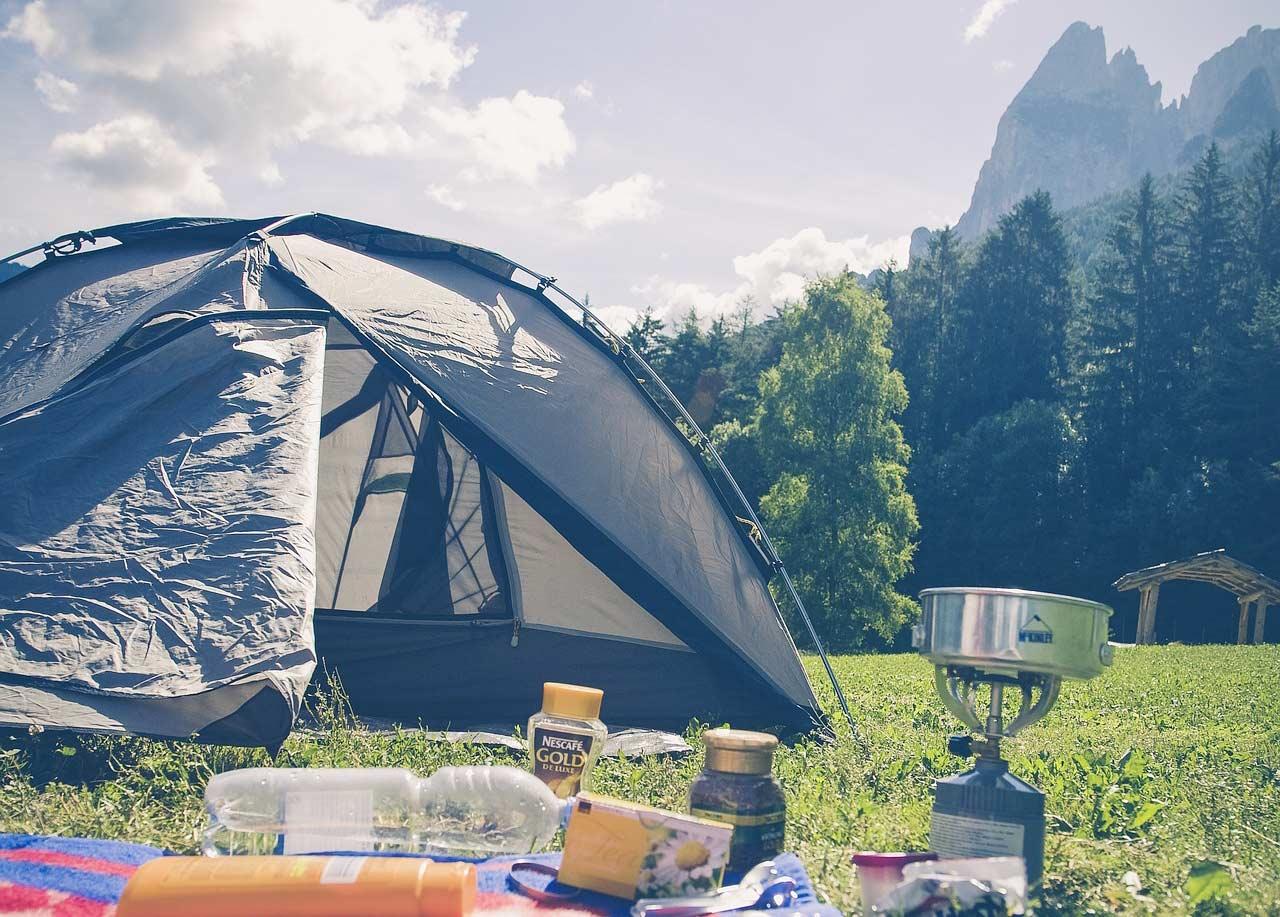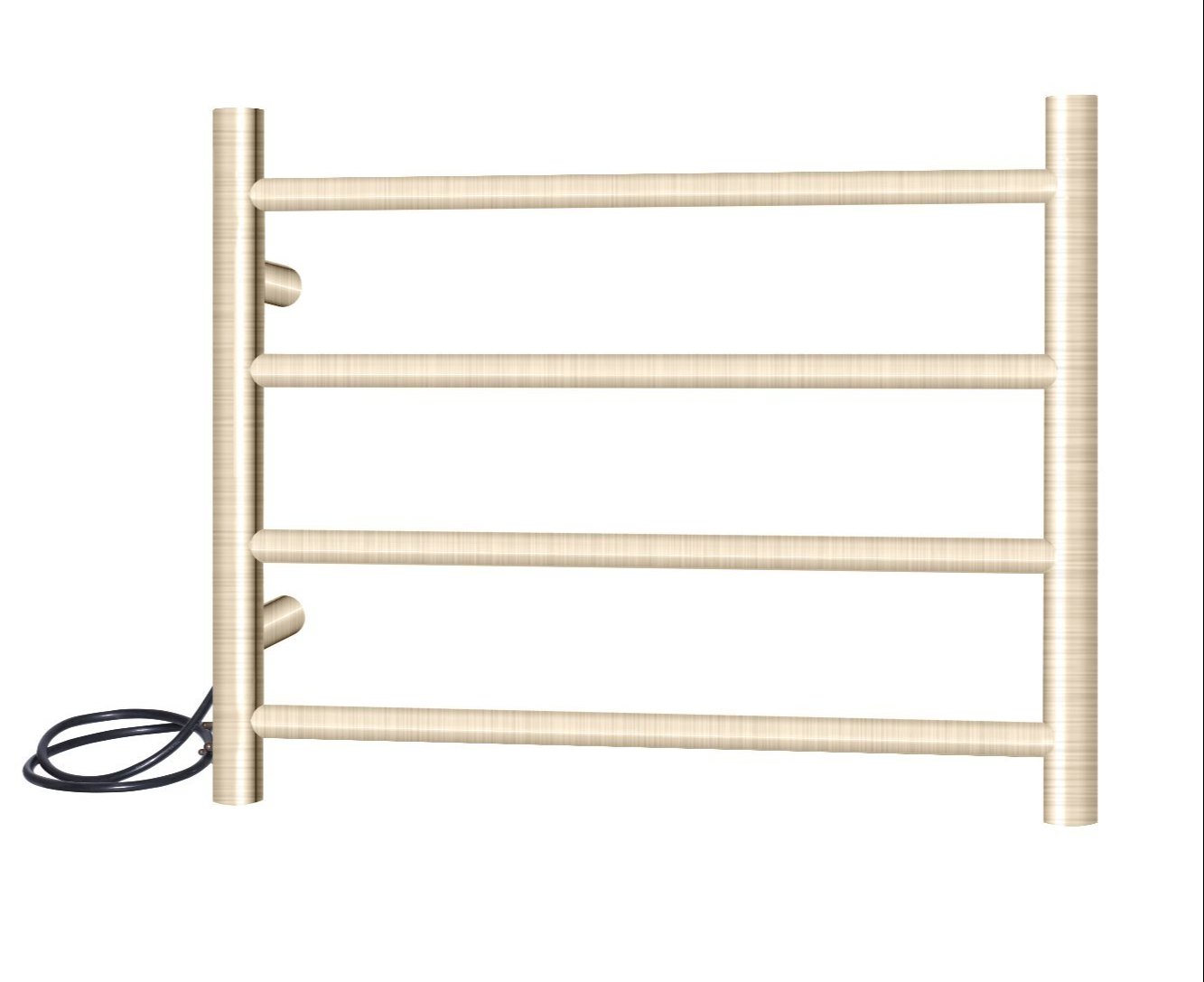What Are Roof Boxes Used For, when Do I Need This Extra Storage?
When it comes to planning an adventure, whether it’s a road trip across the country or a weekend getaway to the mountains, maximizing your vehicle’s storage space becomes a priority.
Roof boxes, also known as cargo boxes, are an invaluable addition for travelers who need extra space to carry their gear. But how exactly can you use a roof box, and when do you need this extra storage? Let’s dive into various scenarios and the specific benefits that roof boxes provide.
What Types of Trips Are Roof Boxes Used For?
Ski trips
Packing downhill skis – For avid skiers, a roof box is essential. Downhill skis are long and cumbersome, often too big to fit comfortably inside a vehicle. Roof boxes designed for winter sports are typically elongated to accommodate skis, snowboards, and poles.
They also provide protection from the elements, ensuring your gear remains dry and undamaged during transport. When packing downhill skis, make sure to secure them with straps to prevent movement that could cause damage. Additionally, consider adding a few silica gel packets to absorb moisture and prevent rusting.
If you’re traveling with multiple pairs of skis, look for a roof box with dividers to keep them separated and protected. For example, the aerodynamic roof box model Calix Nordic Loader Premium offers a sleek design with ample space to store several pairs of skis.
Its aerodynamic shape reduces wind resistance, and the dual-side opening makes loading and unloading effortless. The integrated locking system provides added security, ensuring your gear is safe while you’re away from your vehicle.
Additionally, the Calix Nordic Loader Premium features reinforced materials that can withstand harsh winter conditions, making it an ideal choice for ski trips. Its UV-resistant coating also protects the box from sun damage, maintaining its durability and appearance over time.
The model’s streamlined design not only improves fuel efficiency but also reduces noise, making for a quieter ride to your destination.
Packing cross-country skis – Cross-country skis are generally longer than downhill skis, and they require a different approach to packing. Roof boxes that can handle the extra length are crucial. Additionally, cross-country skis are more delicate, so it’s important to use padding inside the box to prevent scratches and other damage.
Consider a roof box with a smooth interior finish and built-in padding for the best protection. Don’t forget to include ski wax and poles, securing them separately to prevent any damage during transit. Make sure to clean your skis before packing to avoid transporting dirt and snow.
The Calix Aero Loader is another excellent choice, designed to accommodate longer items with its streamlined shape that reduces wind resistance and improves fuel efficiency.
Preparing for the slopes – Beyond just carrying skis, roof boxes are great for packing all your other gear. Helmets, ski boots, and bulky winter clothing can take up a lot of space. A roof box frees up your car’s interior, allowing passengers to travel more comfortably.
When heading to popular ski destinations, be mindful of parking regulations and overhead clearances, as roof boxes add height to your vehicle. It’s also wise to pack a small shovel and ice scraper, as these can be indispensable in snowy conditions. Additionally, bring along a small toolkit and extra bindings in case any adjustments or repairs are needed on the go.
Road trips – Are roof boxes used for this?
Family road trips – Yes they can absolutely be used for this as family road trips often require packing a lot of gear, from luggage to camping equipment. A roof box allows you to organize your belongings more efficiently. Hard-shell roof boxes provide security and weather resistance, making them ideal for long journeys.
When packing, distribute weight evenly to maintain vehicle balance and ensure that heavier items are secured to avoid shifting during transit.
Also, consider a roof box with a quick-release system for easy loading and unloading at rest stops. For longer trips, pack essential items like snacks, a first-aid kit, and entertainment for the kids in an easily accessible spot within the car.
Adventure gear – For those who love outdoor activities, a roof box can store everything from bicycles to kayaks. Specialized roof boxes can accommodate irregularly shaped items and often come with additional tie-down points for securing gear.
Before hitting the road, double-check that all items are securely fastened and that the roof box is properly attached to your vehicle’s roof rack. It’s also beneficial to have a toolkit and spare parts for your adventure gear, ensuring you’re prepared for any minor repairs on the go.
Consider bringing along a portable pump for inflatable items like kayaks or paddle boards, and make sure to check local regulations for transporting large equipment.

Camping trips
Tents and sleeping bags – Camping trips require a significant amount of gear, including tents, sleeping bags, and cooking equipment. A roof box helps keep these items organized and accessible. Soft-shell roof boxes are particularly useful for camping, as they can expand to fit bulky items and compress when not in use.
Ensure your camping gear is clean and dry before packing it in the roof box to avoid mildew and odors. Additionally, consider using vacuum-sealed bags for your sleeping bags and clothing to save space and keep them dry. Including a ground tarp and rain fly for your tent can also be beneficial, especially in unpredictable weather.
Cooking equipment – Transporting cooking equipment can be challenging due to its weight and bulk. Roof boxes with reinforced bottoms are ideal for carrying heavier items like stoves and cookware. Using bins or bags to organize smaller items within the roof box can make setting up camp more efficient.
Remember to secure any sharp objects to prevent damage to the roof box and other gear. Including a foldable camping table and chairs can also maximize your comfort at the campsite without taking up much space. Additionally, packing a portable cooler with ice packs ensures your food stays fresh during your trip.
Are roof boxes used for beach vacations?
Surfboards and beach gear – For beachgoers, a roof box can hold surfboards, beach umbrellas, and other oversized items. Roof boxes designed for water sports often have streamlined shapes to reduce wind resistance. When packing wet items, ensure they are properly secured and use waterproof bags to prevent leaks.
Additionally, be mindful of the roof box’s weight limit, as sand and water can add unexpected weight. Including a portable shower and sand-free mats can enhance your beach experience, keeping things clean and convenient. Don’t forget to pack sunscreen, beach towels, and a beach tent for shade.
Children’s toys and accessories – Traveling with children means bringing along toys, strollers, and other accessories. A roof box keeps these items organized and out of the way, making the journey more comfortable for everyone.
Consider using a roof box with easy access features, such as dual-sided openings, to quickly retrieve items when needed. Also, pack a few comfort items like blankets and favorite toys in the roof box to ensure a pleasant and stress-free trip for the little ones. It’s also helpful to have a dedicated bag for wet or sandy items to keep the rest of your gear clean.
Summarized – What Are Roof Boxes Used For?
Roof boxes are a versatile and practical solution for increasing your vehicle’s storage capacity. Whether you’re heading to the slopes, embarking on a road trip, camping in the wilderness, or enjoying a beach vacation, a roof box can help you transport your gear safely and efficiently.
By choosing the right type of roof box for your needs and packing it correctly, you can ensure a smooth and enjoyable journey, no matter where your adventures take you. With a roof box, your vehicle becomes a more versatile and capable travel companion, ready to handle any adventure you throw its way.
Want to read more automotive and transportation news? Click here to learn more about fuel consumption during goods transportation







